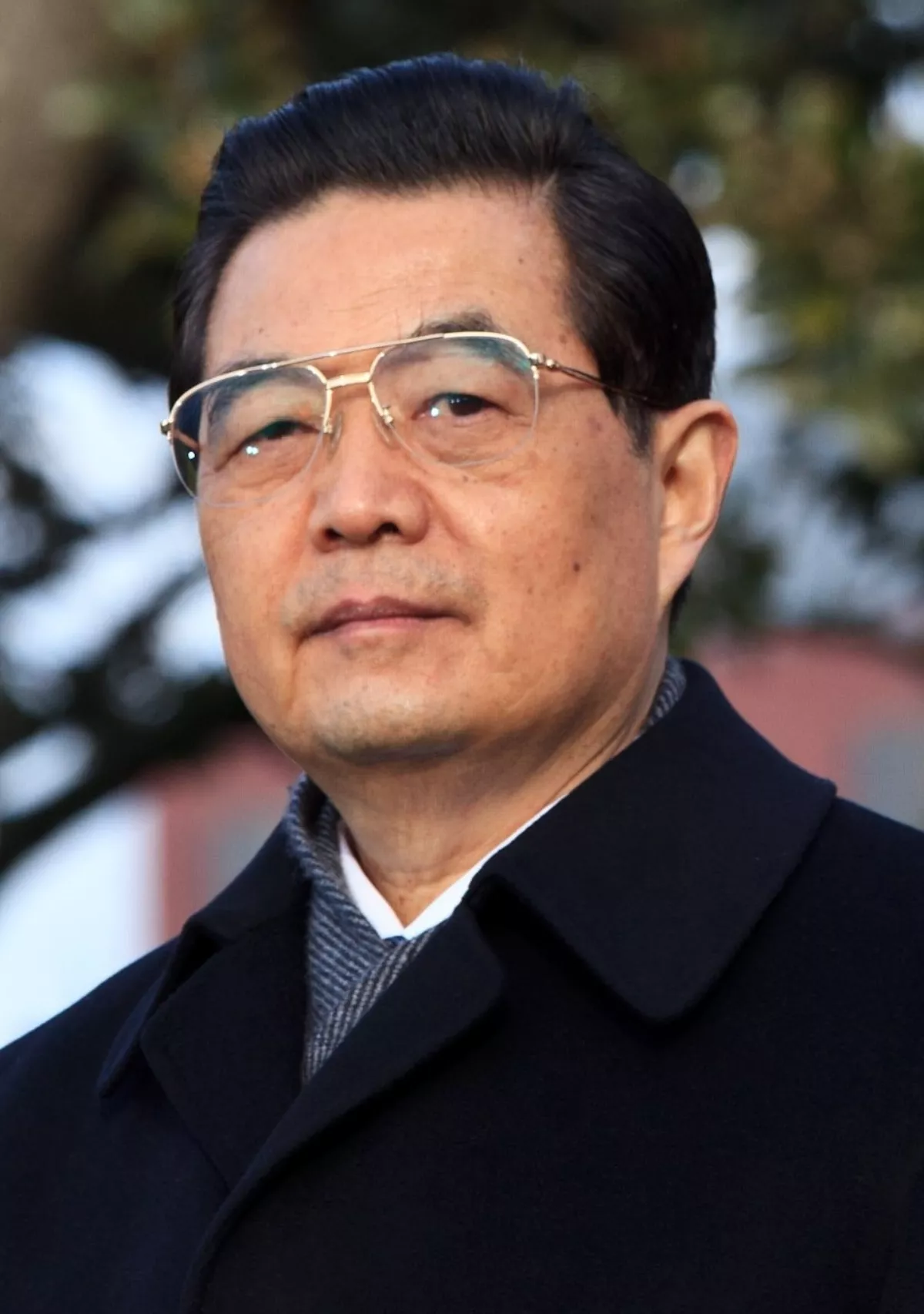 1.
1. Hu Jintao was born on 21 December 1942 and is a Chinese retired politician who served as the general secretary of the Chinese Communist Party from 2002 to 2012, the president of China from 2003 to 2013, and chairman of the Central Military Commission from 2004 to 2012.